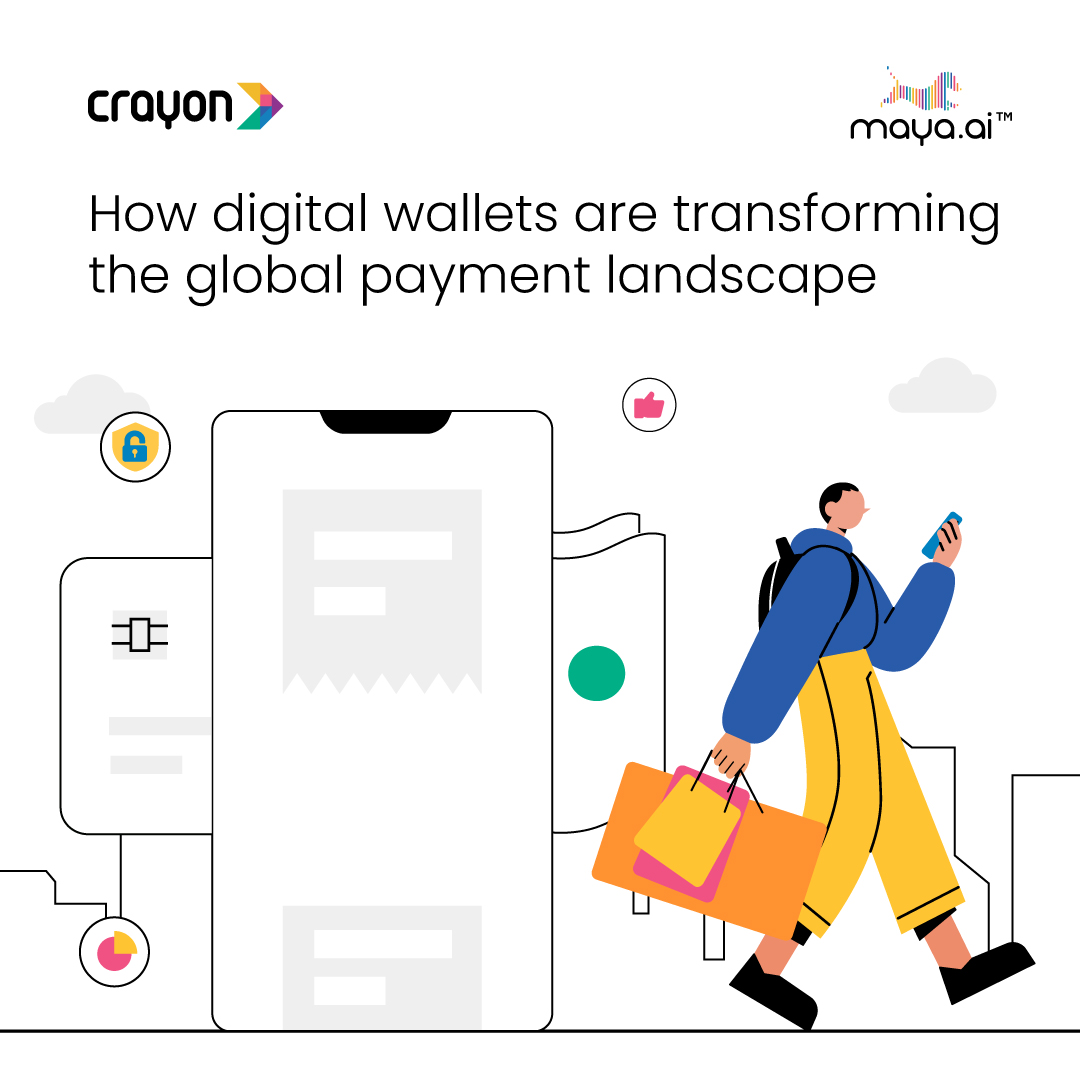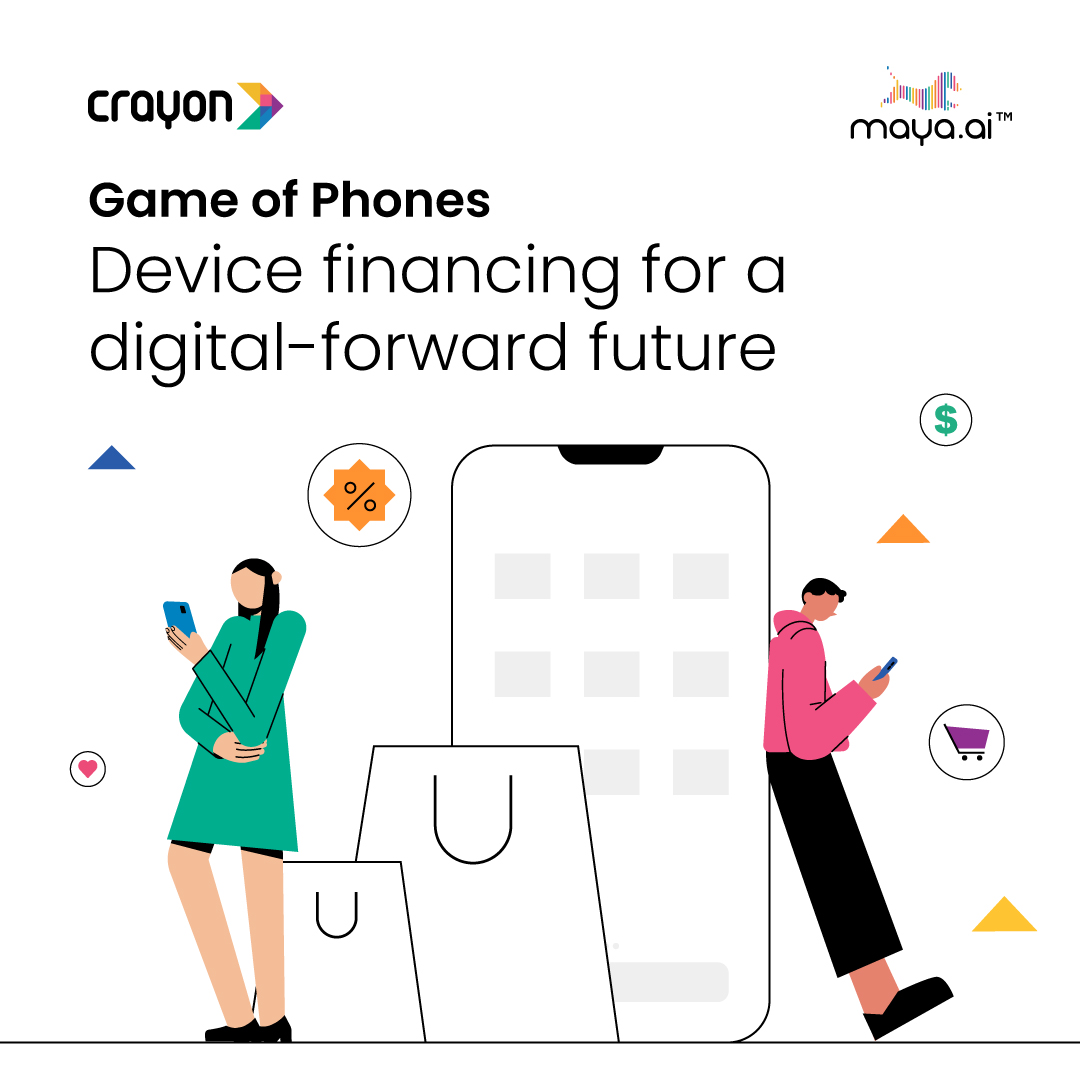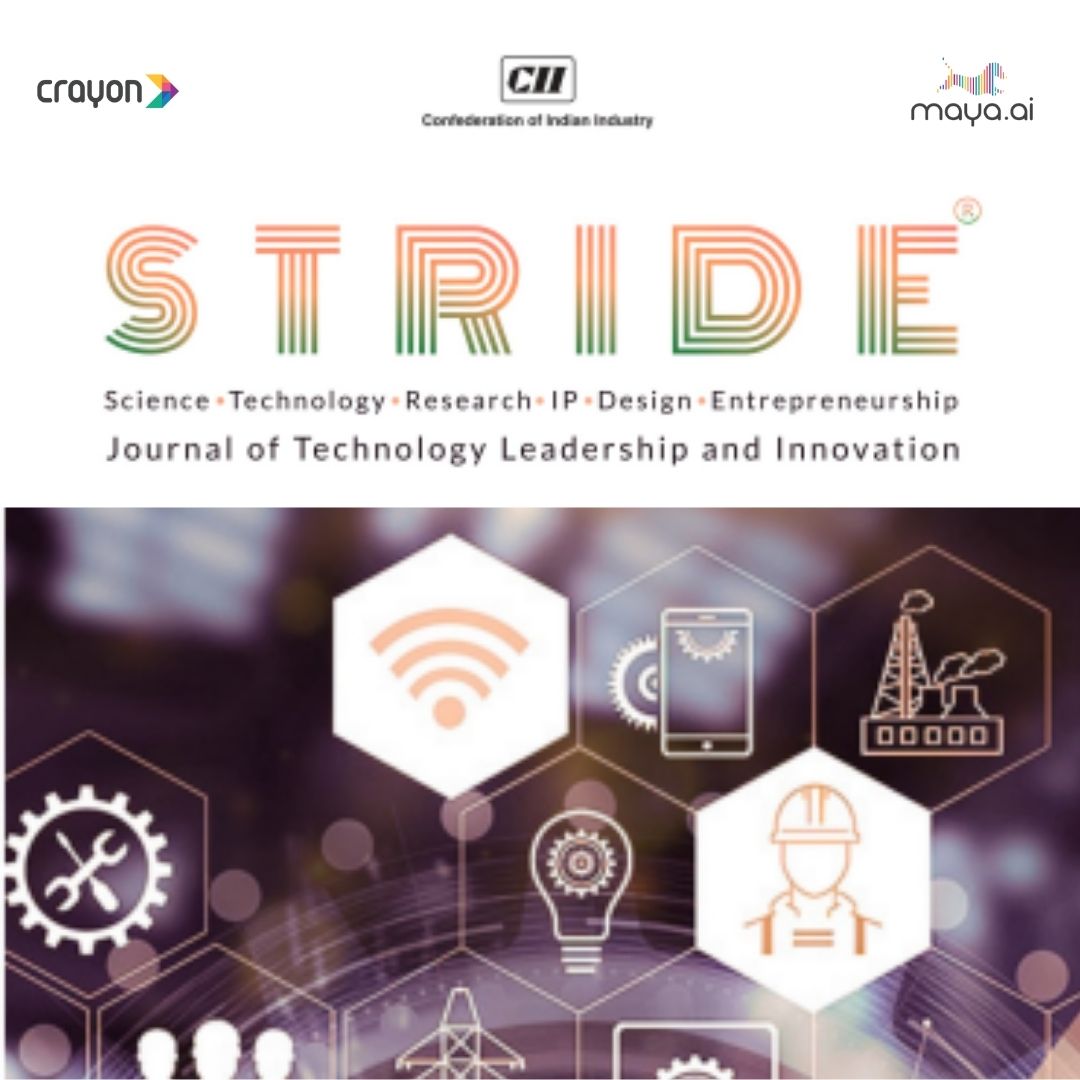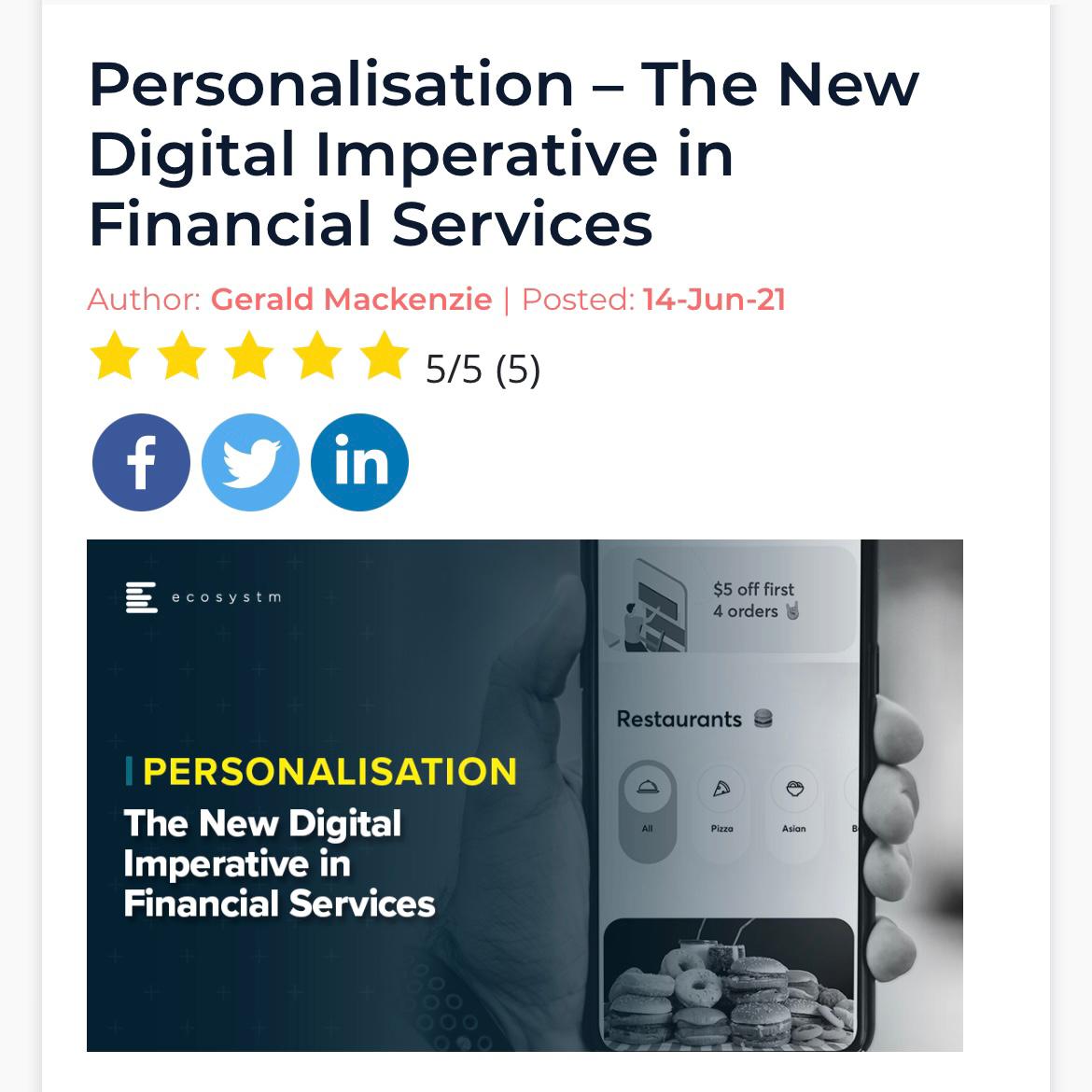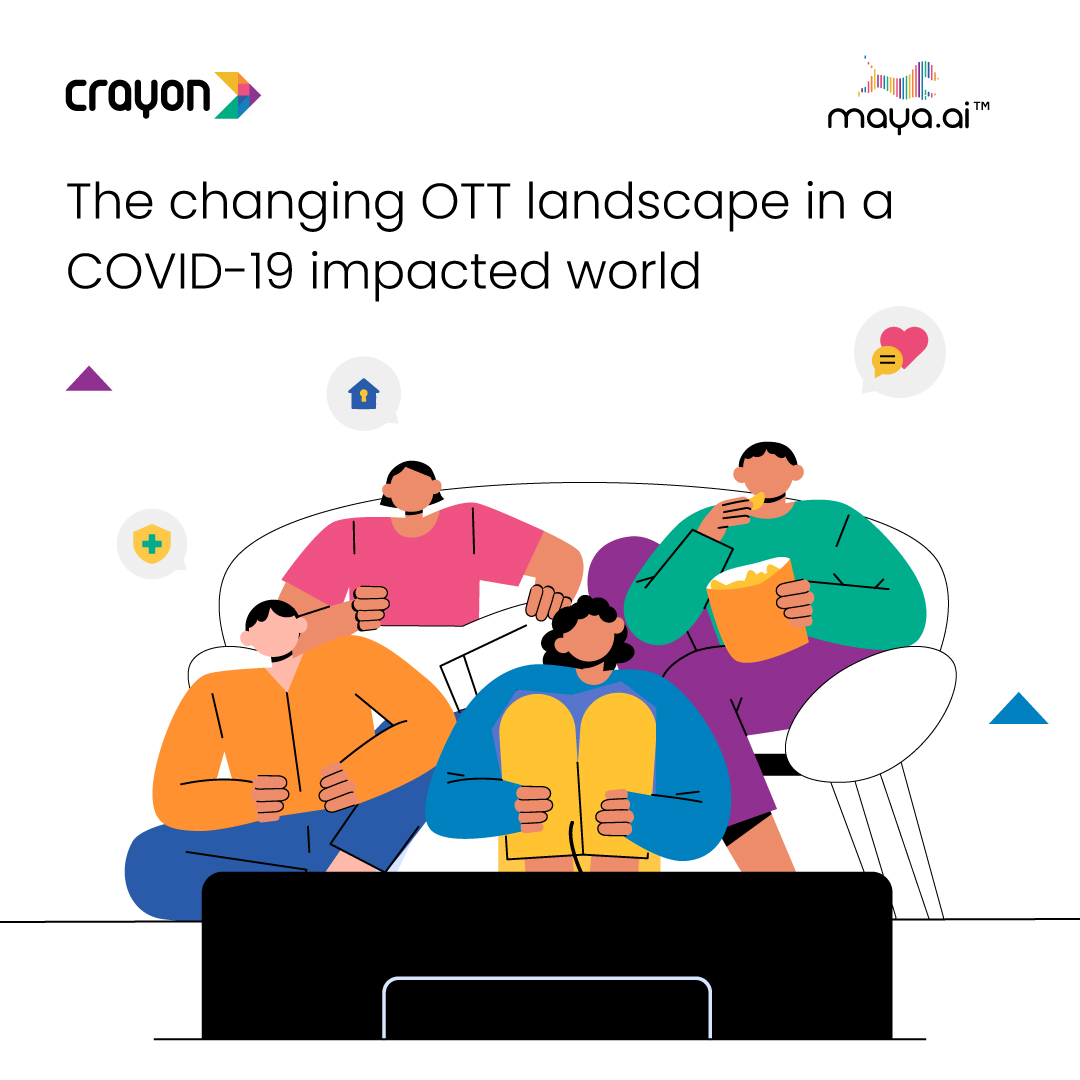Namma Yatri, a transport service platform based in the state of Karnataka in India, recently touched one million trips. Backed by the Open Network for Digital Commerce (ONDC), Beckn Foundation, and Juspay, India’s first open mobility platform is an autorickshaw-hailing app.
You might say that this number is peanuts compared to Uber’s billion trips in the country, which they achieved back in 2018. But it took them four years just to reach the one million milestone. However, Namma Yatri was launched in late 2022, and crossed the mark in less than six months. And as of May 20, they’ve crossed two million rides.
So, what’s special about this platform?
- It directly connects passengers and drivers, without third-party involvement.
- It is more of a facilitator than a middleman.
- There is ZERO% commission!
With private ride-offering apps dominating the mobility sector, surge pricing and high commissions became a concern for both passengers and drivers. With Namma Yatri’s unique approach using open protocol, drivers happy, riders happy!
What is open protocol?
Simply put, open protocol is a set of rules and standards that are open to everyone. They can be freely used, changed, and shared. The purpose is to make different systems, networks, and platforms work together smoothly and allow anyone to participate.
Some examples: IP address, email, ATMs, etc. Imagine how rough life would be if Gmail users could mail only other Gmail users. Or if banking customers can withdraw money only from ATMs run by their banks. Unimaginable, right?
Namma Yatri is just one example where open protocol is working the magic of interoperability and decentralization. It is also making its presence felt in other industries across the country.
E-commerce is a big one. Marketplace giants are quite siloed in their approach and do not give many opportunities to small-scale sellers. This is where an open platform can benefit small vendors and make them part of the e-commerce ecosystem. It’s a work in progress.
Then there’s food delivery. Industry experts say that ONDC “has the potential to significantly increase the user base, offering a wider audience for businesses operating within the digital commerce space”. Let’s explore some more ventures that have put the model into practice.
Beckn is an open protocol focused on making digitization affordable for everyone. Often, it is only the big players who’re able to take advantage of advances in digitization. The small players are pushed out of the race simply because they lack the means to compete.
This is what Beckn aims to fix. The protocol is backed by Nandan Nilekani, Pramod Varma and Sujith Nair, the dream team behind milestone projects such as Aadhaar and UPI.
The other entity driving forward this revolution is ONDC. This project is headed by T Koshy, who is known for his key roles in projects such as Vaccine Intelligence Network, National digital education platform, GSTN, Co-WIN etc, and is seconded by other veterans from the industry. With such a star-studded management, ONDC is already crushing ‘number-o-polies’ with projects like Namma Yatri.
Conventional order vs ONDC orders
Say you want French fries. In the current setup, the app you’re using places and coordinates the A-Z of the order. Hence the high commission. The restaurant pays the food delivery app. They don’t have to bother about anything else.
With ONDC, the control is decentralized. Meaning, every party in the chain is responsible for the tasks. So, the restaurant pays the parties concerned individually.
Some apps that are currently a part of the ONDC model:
Buyer apps
- PayTM
- Magicpin
- Pincode
- Namma Yatri
- Yatri
- Mystore
Seller apps
- GoFrugal
- GrowthFalcon
- Petpooja
- Alpino
- BoAt
- eSamudaay
Logistics
- Shiprocket
- Dunzo
- Delhivery
- Grab
- Loadshare
- Shadowfax
Why should a merchant prefer ONDC to proprietary marketplaces?
- Single signup to appear on all relevant buyer apps
- Designed with the needs of Indian consumers in mind
- Lesser commissions
- Safeguard the personal data of Indians and prevent data exploitation
2. Pulse energy
With the usage of electric vehicles on the rise, charging points are also on the rise. As accessible as EVs have become, they present a set of struggles to both drivers and transport fleet aggregators.
Challenges to drivers:
- Multiple apps for each charging station
- Maintenance of minimum balance in each app
- Inability to withdraw / use minimum balance
- Charger compatibility
- Lack of app content in vernacular languages
Challenges to fleet aggregators:
- Toggling between various charging station apps to know drivers’ individual account
- Credential sharing for all such apps
- Educating the drivers about the usage of such apps
- Different prices from different operators
- Traceability of authentic usage (detect usage of money for driver’s personal energy consumption)
InstaCharge by Pulse Energy aims to tackle these issues. This app helps drivers access any charging station across India and supports all major regional languages. Fleet operators get to maintain a central wallet for their entire fleet. They also get a bird’s eye view of their driver’s operations and energy consumption. Simpler than opening and closing multiple apps!
3. Unified Payment Interface (UPI)
One month before demonetization came into effect in India in November 2016, UPI was seeing 100K transactions. By mid-2019, it stood at 800 Mn. That’s a massive scale of growth in about two years.
Launched by National Payments Corporation of India (NPCI), UPI is today a case study that has garnered the interest of every other nation. The fact that this can be used across all payment apps and banks made this an instant hit. Following the pandemic, UPI payments have become the order of the day.
You could measure the impact of UPI in one simple step. Do you remember the last time you pulled out your wallet for a payment?
Will open protocols win the race to the top?
With the kind of flexibility and accessibility open protocols offer, we have just one question. Why are they drastically outnumbered by the number of closed proprietorships? Here are a few reasons.
1. Ease of implementation
Open protocols are often developed through collaborative processes involving multiple organizations, individuals, or communities. Achieving consensus, resolving conflicts, and managing competing interests can be complex and time-consuming, potentially slowing down the implementation process.
2. Accountability
With so many parties involved, who answers the customer’s complaints? The reason giants are giants is because of their centralized command. The very aspect that skews the marketplace seems to favor the buyer. When a customer buys from Amazon and has a complaint, they can hash it out with Amazon. Whereas, with decentralized control, it is going to be a case of pointing fingers.
3. Low cost now ≠ low cost forever
Let’s take the case of ONDC. While the model has less / no commission as its hook, one has to remember that it is what it is – a HOOK. This difference in commission can be attributed to 3 factors:
- No network fee (yet)
- No ads (yet)
- Delivery costs waivered
Once the network grows, these costs are likely to creep in and nullify the differences.
4. Perfect competition is a myth
While open protocol model claims to deter monopolies and duopolies, there’s also a chance that it is only passing the baton to other firms. What’s to prevent all-in-all buyer apps from exercising majority control? Promoting preferred services or products is a hard-to-regulate concept.
Leaving here with mixed feelings about open protocols? That’s fair.
But, given its newness and intention to make commerce more inclusive, open protocol deserves some patience and kindness. Trying it seems a lot like trying to decide between using a brand new 3-star rated app versus an established 5-star rated one.
It’s only a matter of time before we see if it shapes up to be the future.






